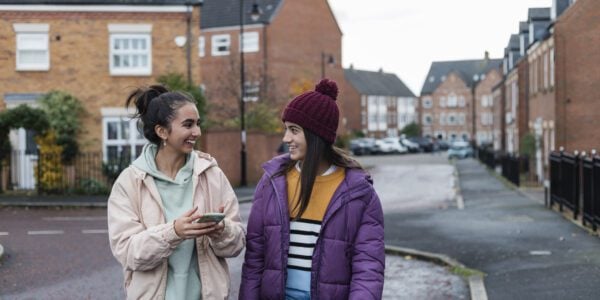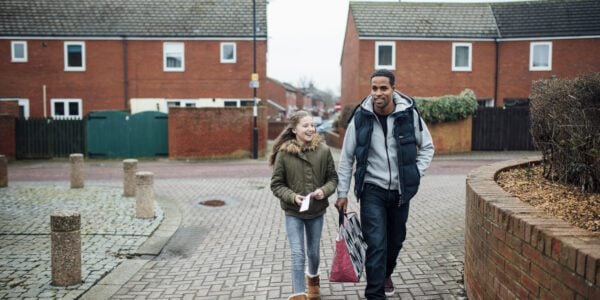
22/07/21
3 min read
Two thirds (65%) of people say they don’t always maintain the recommended distance from those not in their household or bubble, compared to half (50%) who said they did at the end of 2020, find UCL researchers as part of the COVID-19 Social Study. Figures are especially low among those aged 18-29, with just 15% of this group currently saying they always maintain the recommended distance.
Less than half (44%) of adults say they always wash their hands thoroughly with soap and water or use hand sanitiser after coming into contact with others outside of their household or with surfaces that could be contaminated, compared to 55% who said they always did this at the end of 2020. Again, adults aged 18-29 report the lowest compliance, with just a third (33%) saying they always do this, compared to 46% of those aged 30-59 and 48% of those aged 60 and over.
Despite this, ‘majority’ compliance with the rules and guidelines continues to be high and is currently at 90% overall. ‘Complete’ compliance has, however, been decreasing since restrictions began to ease and is now being reported by just two fifths of people (40%).
Launched in the week before the first lockdown started, the ongoing UCL COVID-19 Social Study is funded by the Nuffield Foundation with additional support from Wellcome and UK Research and Innovation (UKRI). It is the UK’s largest study into how adults are feeling about the lockdown, government advice and overall wellbeing and mental health with over 70,000 participants who have been followed across the last 68 weeks.
Lead author, Dr Elise Paul (UCL Institute of Epidemiology & Health) said: “Our report shows that even before the lifting of restrictions on 19 July, complete compliance with guidelines was relatively low. One reason for this could be that as people knew restrictions were about to lift, they became less strict about following them. Equally, the rhetoric from the Government that despite an increase in cases, COVID-19 is no longer as big a threat as it was before a large proportion of the most vulnerable had been fully vaccinated may also have played a part.
“The lower levels of compliance among younger people could be due to this group being at a lower risk for more serious outcomes from COVID-19. It is important to emphasise that although at lower risk themselves, younger people can still transmit the virus to others who are more vulnerable. Younger people have been more negatively impacted in terms of their mental health during the pandemic than other age groups and are understandably eager for things to get back to the way they were. However, the more people who do become infected, the more opportunity there is for new variants to arise, and we want to avoid this.
“Despite these falling levels of compliance, 90% of people still say they follow the rules a majority of the time, showing that even with high rates of vaccination and the approach of ‘Freedom Day’, the public are still concerned about catching COVID-19 and are taking steps to minimise the risk of doing so.”
Financial worries due to COVID-19 have remained relatively stable since the latest lockdown started and are comparable to their lowest levels of around 1 in 3 people over the summer of 2020. Concerns about finances remain highest amongst people with low household incomes, those with a mental health condition, people living with children, people from ethnic minority groups, and adults of working age (18-59 years).
Worries about unemployment concern a tenth (10%) of people. Unemployment stress is higher in people living with children, people with a mental health diagnosis, amongst people from ethnic minority groups, in people under the age of 60, and in urban areas.
COVID-MINDS Network
The study team is also running the COVID-MINDS Network: an international network of over 140 longitudinal mental health from over 70 countries. Through the network, dozens of scientists and clinicians are coming together internationally to collate results from mental health studies running in countries around the world and compare findings. The initiative is supporting the launch of new mental health studies in other countries, to research whether actions taken in specific countries are helping to protect mental health.
















































